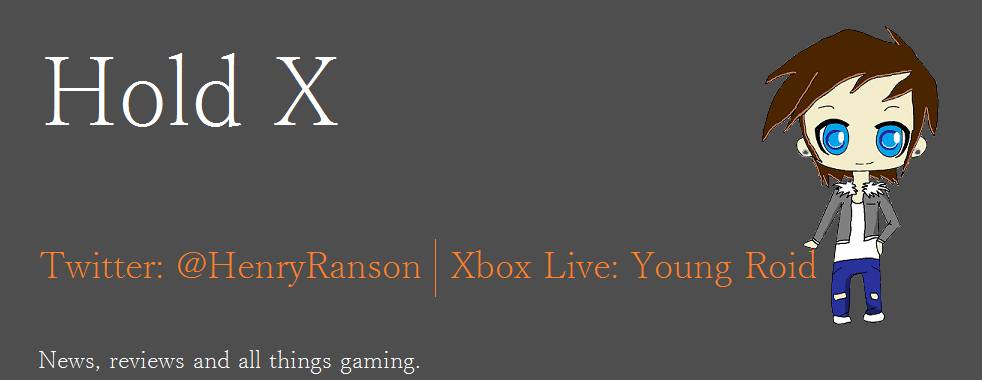After making the leap to Xbox One and viewing my – admittedly
limited – games collection, I noticed that there was something missing, in that
the current Xbox One titles are lacking in RPG’s. Now it’s arguable that such
games as Dead Rising 3 and Black Flag have roleplaying elements to them, but
there are no true RPG’s available to players. It’s true that with Destiny just
around the corner and Dragon Age: Inquisition set for release in October that
we won’t need to wait long, but in the meantime here’s a little gem to help you
get your fix.
Despite critical acclaim, with such a hype for Watch Dogs, Ubisoft’s
arcade release Child of Light was significantly over shadowed and swept under
the rug somewhat. The story follows Aurora, a Child of Light as she adventures
through the fairy tale-esque land of Lemuria in search of the Sun, Moon and
Stars stolen by the Queen of Night.
Players travel through the levels as a 2D platformer,
solving puzzles and collecting items to progress to the next areas, much in a
way like fellow arcade hit, Limbo. The game encourages re-playable exploration
of areas by making collectable items only available after later sections of the
game are completed, such as players acquiring the ability of flight. Combat is
turn based with an ‘active time battle system’ much like within the Final
Fantasy series, with Aurora and one of seven party member facing up to three
enemy monsters. Aurora’s party consists of a variety of creatures ranging from
magical gnomes to feral beasts from all across Lemuria, each with their own
stats and skill trees.
However your best friend within the game is Igniculus, a
firefly and the first person Aurora encounters when she awakens in Lemuria.
Igniculus aids players both in and out of combat with his glow, measured by his
own glow meter. Out of combat, his glow lights dark passages, blinds foes and
unlocks magical chests, whereas in combat Igniculus can heal friendly
characters as well as slowing enemies on the timeline.
The game also includes a crafting system with Oculi,
precious gems scattered across the land that provide special effects to damage,
defence and skills. When combined in the crafting menu, these gems can create
more powerful Oculi or entirely new Oculi types.
Playing Child of Light is like moving through a painting
with its stunning yet simplistic visuals and inkblot transitions, accompanied
by a beautifully orchestrated musical score, it creates a truly charming gaming
experience. Child of Light provides a fairy tale adventure filled with
friendship, betrayal, victory and loss, and for £11.99 is the perfect way to
settle your RPG cravings.


